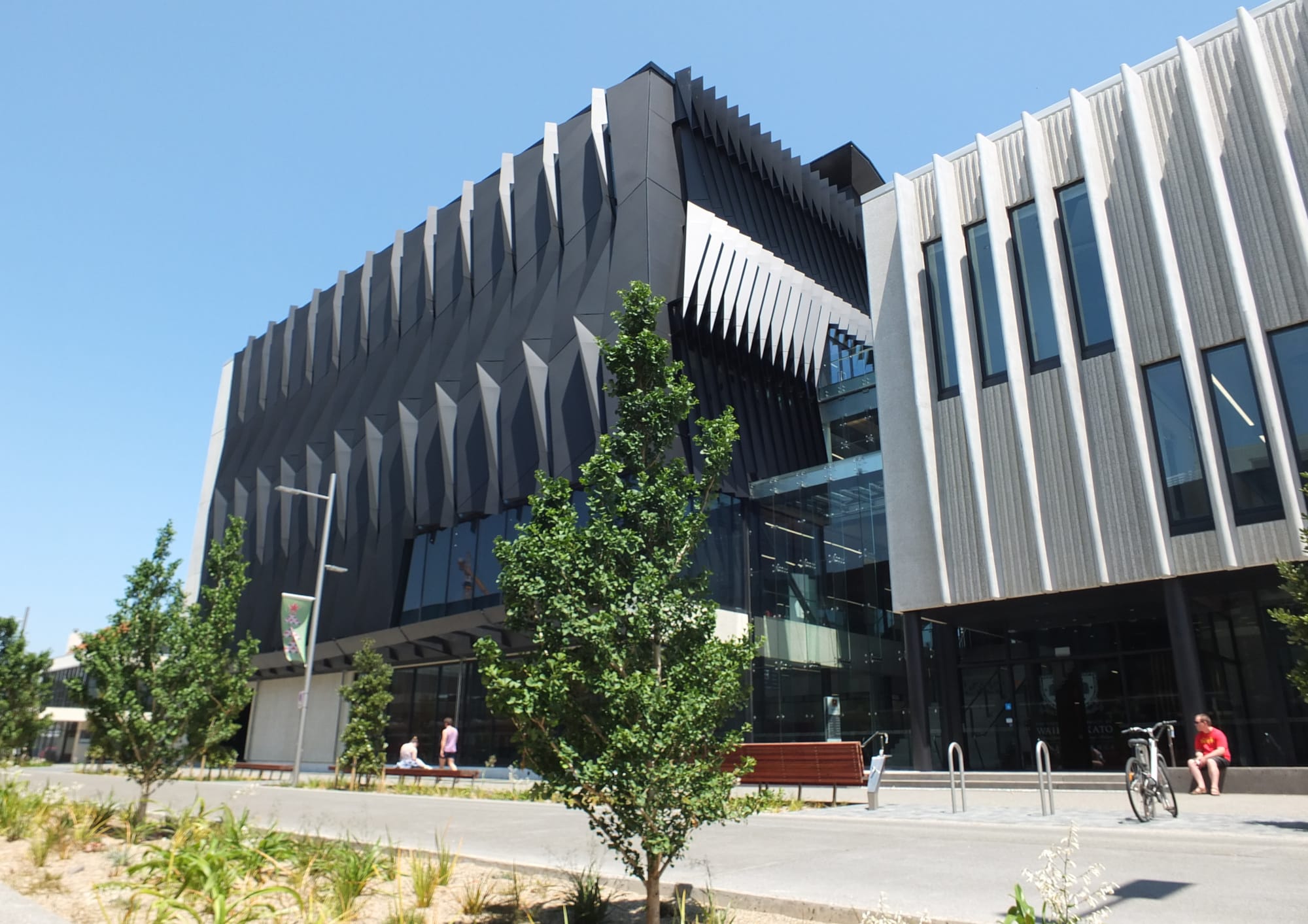Rameka Alexander-Tu’inukuafe proudly combines his Māori and Tongan heritage with his architectural and urban design projects.
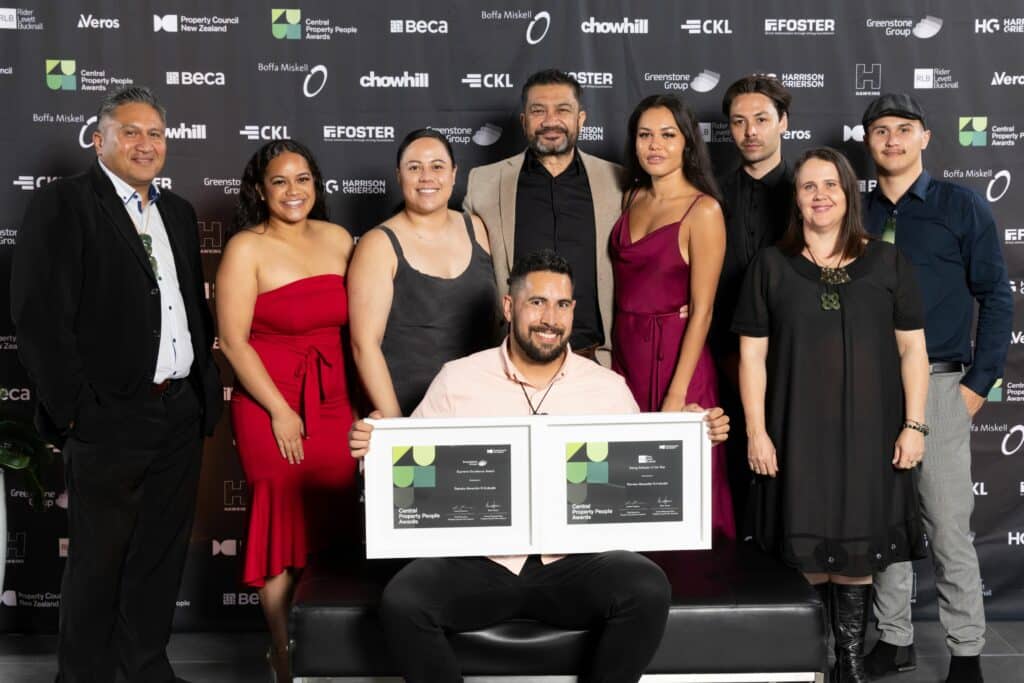
“My iwi is Ngāpuhi, and I am also of Tongan, German, Scottish, and English descent.
His multi-cultural perspective and knowledge of tikanga has proven valuable for his career and the firms he works for – previously, Jasmax and, more recently, TOA Architects.
In November, Rameka was recognised for his industry leadership in the New Zealand Property Council Central Property People Awards for 2022. The judges for the Rider Levett Bucknall Young Achiever of the Year and Greenstone Group Supreme Excellence awards highlighted his unique cultural background and architectural skillset as positioning Rameka to successfully engage and navigate between Māori, the community and the property sector.
“It was great to get the recognition. The Property Council recognised the work I'd done and they’ve actually seen the value of my contribution as a young Māori and Pacific professional.”
The property industry is starting to head in the right direction of greater diversity and inclusivity and Rameka is confident there will be even more Māori and Pacifica working throughout the sectors in coming years.
“It is not just architecture,” he says. “It’s in the whole range of areas from the contractors, quantity surveyors, property developers and valuers. We need Māori across all of these fields.”
“I’m sure there is an opportunity to help more within this industry and to get more Māori or Pacifica into the industry as a whole.”
Rameka says the “trend is continuing toward more engagement with Māori” and there are opportunities for the property industry to consider how it can be more thoughtful and comprehensive in those processes.
He is keen to support the industry’s moves towards having Māori and Pacific voices “at the table and having the capacity to be at the table”.
“That is where you have to go and study and do the things I have done. That gives me the capacity and skills to be able to inform those conversations or projects,” he says.
“Architecture is my mechanism that enables me to be a role model and to be involved in all the projects I have been involved in.”
Pathway to architecture
Rameka’s journey into architecture and the property sector is grounded in his whānau, whakapapa and desire to give back to his community.
“I got here through the tautoko of my whānau. What I quickly realised is that this is a talent that I have,” he says. “Hopefully this skill set will enable me to give back to the community that I came from, that raised me and gave me the opportunities and perspectives that I have.”
His parents – both university graduates – instilled a deep appreciation of learning, saying that tertiary education “is the pathway out into the world”.
“University was what our whānau did.”
His Tongan grandfather gained a scholarship to Auckland Grammar in the 1950s. Despite the difficulties and racism facing Pacific immigrants, he stayed to bring up and educate his family in Auckland. Rameka notes his mother remembers getting ready for school, while police came through the home searching for ‘overstayers’ during the infamous ‘dawn raids’ of the 1970s.
Rameka’s strong understanding of his Ngāpuhi whakapapa on his father’s side was supported by his kura kaupapa Māori education, with the total immersion system reinforcing and growing his knowledge of whakapapa, te reo and tikanga.
Architecture and design also play a significant role in Rameka’s whānau. His father studied architecture for two years before moving into teaching, while two of his uncles work in the field. They were all “strong role models” who encouraged Rameka’s early interest.
“I think, probably from the age of 14, I knew that I wanted to be an architect.”
“In the holidays, I would visit my mother’s younger brother who is a Principal Architect at Warren and Mahoney,” Rameka says. “He would take me to the office and open days at the School of Architecture.”
After completing a spatial design degree in 2009, Rameka gained a two-week internship with Jasmax.
“It was this huge architectural practice with architects, interior architects, urban and landscape design. It opened my eyes to this world of large scale and multi-disciplinary projects.”
From the beginning, Rameka brought his Māori perspective to his mahi.
Coming from a Māori world view, going to a Māori immersion school, my whole world was Māori things, speaking te reo, meeting and being with other Māori people. That is my lens of how I look at things.
“At Jasmax, I was interested in what they were doing in that space. Te Papa was probably the first project in New Zealand that really tried to articulate the Treaty – Te Tiriti – in an architectural building and the built environment.”
That led to him entering Jasmax’s ‘cultural studio’ headed by founding director Ivan Mercep and Hamish Boyd.
He was encouraged to return to university and study architecture by Hamish. While completing his Master of Architecture (Professional) at the University of Auckland, Rameka returned to Jasmax during the holidays to work on projects including Te Kura Whare for Ngāi Tūhoe.
The building was the first Living Building Challenge certified structure in Aotearoa, utilising local timber and clay from Te Urewera to create a modern and inspiring administration and meeting centre for the iwi.
A career highlight to-date was being part of the Jasmax team designing the Tauranga Campus for The University of Waikato, Te Whare Wānanga o Waikato.
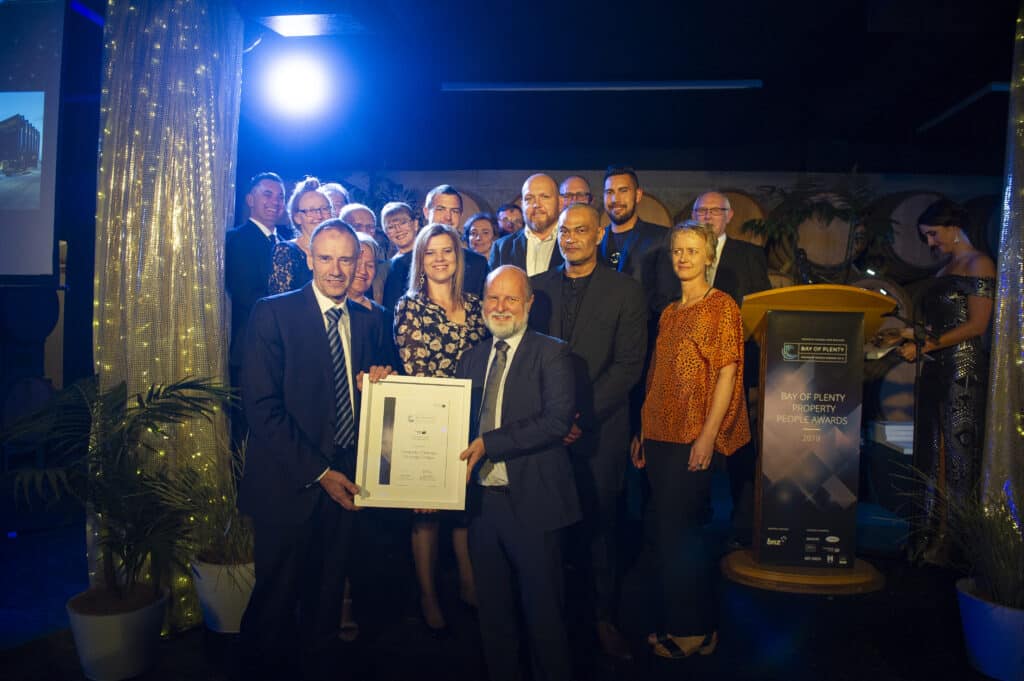
Rameka moved to Tauranga for the project, supporting the senior architect and responding to client and contractor queries.
“What made it special was it had all the things that interest me and I enjoy doing, which is working with iwi and broader community groups and working with a client that is driven and has a strong purpose to what they want to achieve.”
The university wanted to build a world-class campus in the heart of Tauranga – one of the country’s fastest growing cities – to support education in the region and attract international students and researchers.
The university had established strong relationships with the three mana whenua iwi of Tauranga Moana – Ngāti Ranginui, Ngāi Te Rangi and Ngāti Pūkenga.
“It really struck me that the first hui was with iwi, and it was like that for the remainder of the project.”
“It was a collaborative community project, with iwi at the heart of it.”
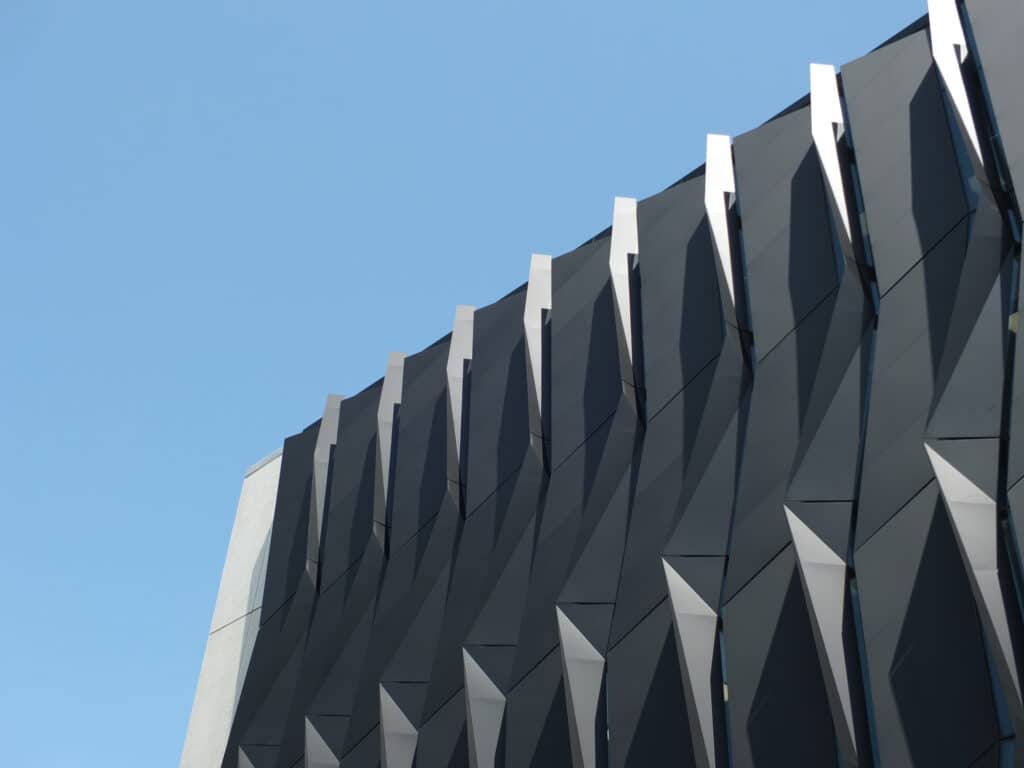
TOA Architects
Rameka says joining TOA Architects – founded by Nicholas Dalton from Te Awara in the Bay of Plenty – has been another enriching experience.
“Nick established TOA about 12 years ago and now there are about 30 staff, made up of architects, interior designers and landscape architects.”
About half of the practice are Māori, which creates a different work dynamic, Rameka says.
“Sometimes in a firm, or when you are at university, you are trying to find your ‘place’ as Māori or as a Pacific person,” he says. “You are set between each of those worlds.”
TOA – Tāmaki Makaurau Office Architecture – is head-quartered in Auckland. Rameka is helping to establish the TOA studio in Waiariki – the Bay of Plenty region.
“We are based in Rotorua, because we see it as central to the region. We can go down to Ruatoria or go over to Tauranga and as far as Waikato on occasion. Then it picks up the likes of Tūhoe – we have some projects in Te Uruwera.”
The practice aims to bring that Māori voice to the built environment.
“It isn’t just the buildings, it’s the spaces in between and outside of them. We are influenced by the things that aren’t even visible – the cultural landscape.”“Sometimes in a firm, or when you are at university, you are trying to find your ‘place’ as Māori or as a Pacific person,” he says. “You are set between each of those worlds.”
TOA is trying to give iwi "space to tell their story, their whakapapa, their history and tell you what’s important to them”.
“Our role is to facilitate them and bring that into tangible outcomes.”
The most rewarding part of his work is working with communities and Māori groups to facilitate their aspirations and values.
“I am a social person, I love that buzz and I love working with people.”
Quite a bit of the work is with iwi and Māori Trusts to help build papakāinga housing on collectively-owned land.
“It’s quite tricky. The banks are hesitant to lend,” he notes. “You can’t really use the land as collateral, which is quite limiting. I guess that is the impact of colonisation and the land loss we are still suffering today.”
Engaging with the Māori economy
Rameka has seen a significant changes in how the industry values and approaches iwi and the Māori economy since 2009.
“When I started at Jasmax, there was me and Brendan Himona – also now at TOA – and that was it. There was no presence, no ceremony, no protocols. It was Pākehā architects designing buildings for Māori communities.”
“Fast forward to now, you’ve got Māori architecture firms being established.”
Alongside that, Māori and Pacifica are gaining recognition in larger practices.
“Warren and Mahoney has a principal who has a team of Māori designers and architects. Jasmax has the Waka Maia group, which I helped to establish. All these spaces now want to do that and are doing it. That is the big difference from ten, eleven years ago.”
Rameka encourages Māori and Pacifica to consider careers in the property sector – and to be proud of their heritage and what they can bring to the industry.
“Know that your voice has mana, has value. Often, we might come into an organisation as a graduate, or you might not even have a degree, but you bring all of these experiences that you have by being Māori, by being Tongan. When you come into an institution or business, there are generally not many people that have that experience.”
Firms should also invest in bringing more Māori and Pacifica into the industry to be able to tap into those experiences, especially as more Māori and Pacific engagement is required. That includes bringing in expertise – either in-house or consultants – to build enduring relationships with mana whenua.
Rameka cautions that most iwi face challenges in finding enough people to respond to the many engagement requests they now receive.
“It has kind of gone from zero to 100,” Rameka notes.
Firms can assist by establishing connections and offering their own skills and support before seeking advice from Māori.
“Go down to your local marae and make a connection there. Build the relationship before you need it.”
Then firms can begin talking about their pipeline of projects while helping to build iwi capacity.
Rameka says that the Tauranga university campus project was an excellent example of a client committing to the relationship with iwi and having someone responsible for that relationship.
The project began with a Noho Marae where the iwi told their history, from coming to Aotearoa to the colonial era and the present day.
The team gained detailed insight, helping them develop a building that could “talk to the history, to the relationships of the particular group to the landscape that this building sits within.”
“Having that process before you actually put pen to paper, before you make decisions, was, for me, a good process. And it takes a lot of trust.”
Embedding Māori design principles in projects from the beginning is also becoming a standard requirement across councils and Government departments, Rameka notes.
“That is a big change, coming from the top. If you are not doing it commercially, you are actually limiting yourself.”
“In my view we should be doing it if we really want to honour the Treaty – whether you’re public or private. To a degree, there is an obligation, particularly if you have benefited and you want to give back.”
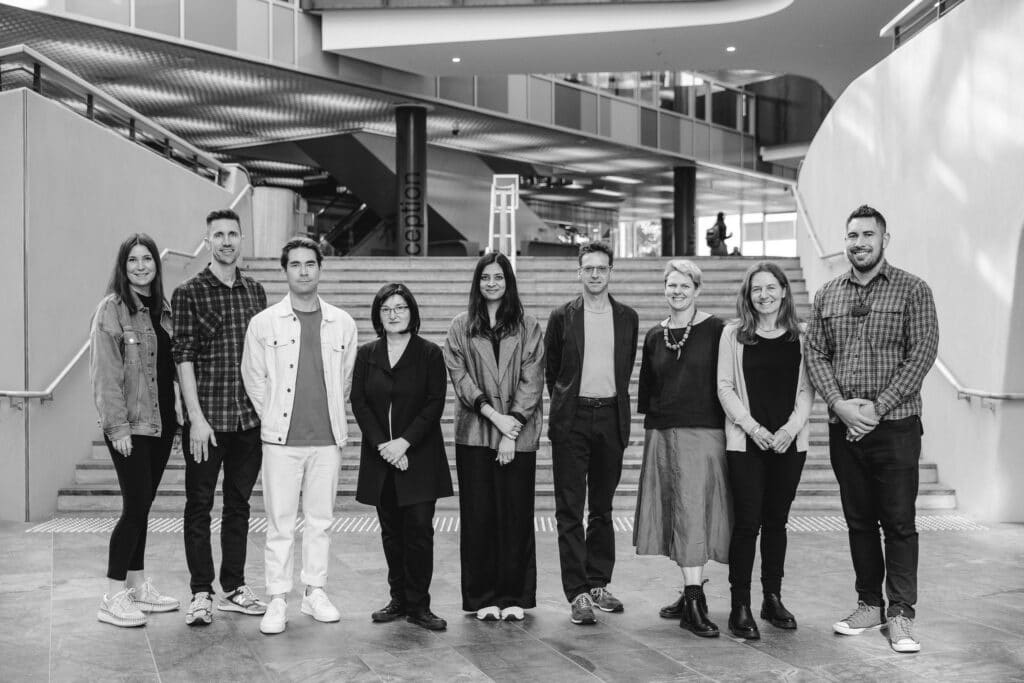
About the City Shapers Series
The City Shapers Series is a collection of interviews with some of Property Council’s most prominent members. The series is about showcasing the people in property – the city shapers who lead extraordinary teams, develop exemplary projects and demonstrate the very best of the New Zealand property industry.
We aim to highlight the property industry’s role as an important contributor to New Zealand’s economy and our members as ‘city shapers’, building communities for Kiwis to live, work, play and shop.
Author: Felicity Wolfe

